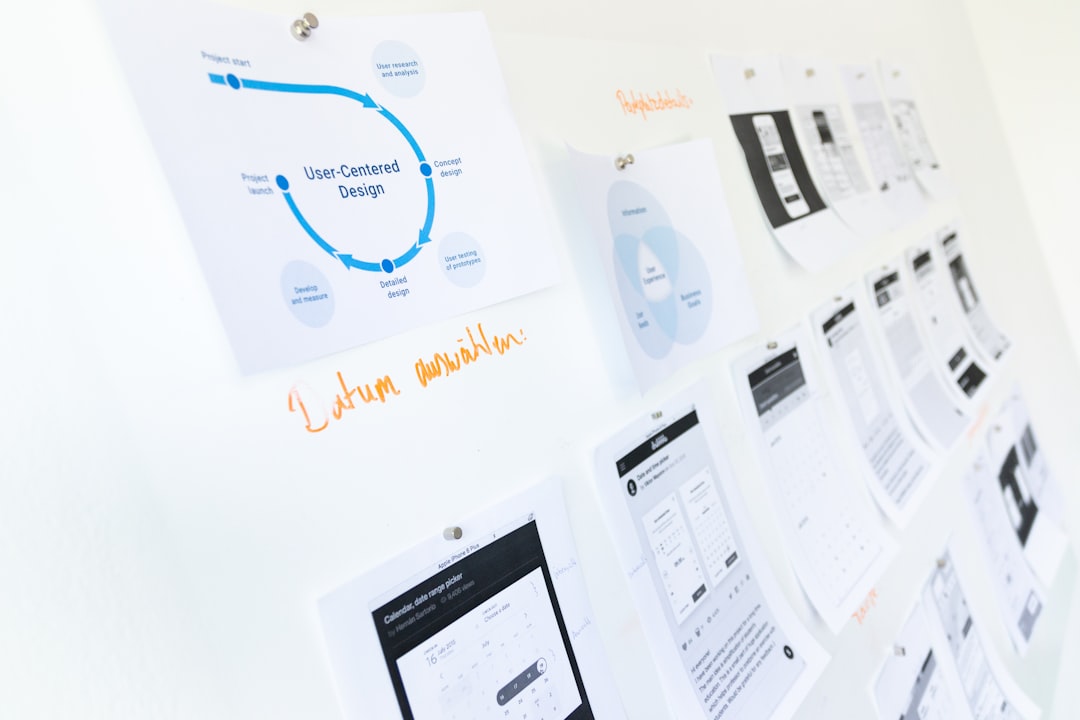Effective human resource management has shifted from manual spreadsheets and bureaucratic stacks of paperwork to streamlined, data-driven tools. Today, HR reporting tools are at the heart of this transformation, giving businesses the power to measure, analyze, and strategize human capital like never before. But with so many options available in the marketplace, choosing the right HR reporting tool for your technology stack can be overwhelming. This guide helps you make a more informed decision with a side-by-side comparison of some of the industry’s most popular solutions.
Why HR Reporting Tools Matter
Modern HR departments are expected to provide insights on everything from workforce demographics and recruiting funnel performance to turnover rates and employee satisfaction trends. Without the right tools, generating these insights can be time-consuming and prone to errors.
HR reporting tools offer prebuilt reports, real-time dashboards, predictive analytics, and integrations with existing HR software, all designed to help people teams be more strategic. The catch? Not all HR reporting tools are created equal, and the best fit for your organization depends heavily on your existing software stack and business needs.
Key Considerations Before You Choose
Before diving into specific tools, be sure to evaluate your requirements based on these core factors:
- Integration: Does the tool connect seamlessly with your current HRIS, payroll, and ATS?
- Usability: Is it user-friendly for both HR professionals and other stakeholders?
- Flexibility: Can it generate custom reports easily and on demand?
- Visualization: Are dashboards intuitive and easy to interpret?
- Scalability: Will it grow with your organization?

Top HR Reporting Tools Compared
Let’s examine how five of the top HR reporting tools stack up:
1. BambooHR
Best for small to mid-sized businesses looking for simplicity and usability.
- Integration: Connects easily with payroll platforms and applicant tracking systems.
- Features: Includes built-in standard reports, customizable filters, and export options.
- Standout: Clean interface and ease of setup make it ideal for companies without dedicated IT support.
- Limitations: Custom reporting capabilities aren’t as advanced as some enterprise solutions.
2. Workday
Best for large enterprises needing advanced customization and scalability.
- Integration: Fully integrated with financials, payroll, and human capital management.
- Features: Offers real-time data analytics, predictive AI-driven dashboards, and “Workday Prism” for data blending.
- Standout: Great for global organizations with complex data needs.
- Limitations: High implementation costs and complex onboarding process.

3. Zoho People
Best for teams already using the Zoho ecosystem looking for functional reporting at a budget.
- Integration: Natively connects with Zoho CRM, Zoho Projects, and third-party tools.
- Features: Includes scheduled reports, analytics dashboards, and location-based reporting.
- Standout: Very affordable and ideal for companies that value automation.
- Limitations: May not offer the level of customization some larger HR teams need.
4. ADP Workforce Now
Best for companies looking for a full-service HCM platform with strong compliance support.
- Integration: Strong integration with time tracking, payroll, benefits, and compliance modules.
- Features: Provides robust analytics, compliance tracking, and benchmarking tools.
- Standout: Especially suited for businesses operating in highly regulated industries.
- Limitations: Interface can be clunky, and reporting features may require training.
5. ChartHop
Best for people-first companies that thrive on visual data and org chart transparency.
- Integration: Integrates well with tools like Slack, Greenhouse, and ADP.
- Features: Interactive org charts, diversity analytics, compensation review reporting.
- Standout: Unique visual interface that promotes organizational transparency.
- Limitations: May lack depth in more traditional HRIS reporting fields.
Side-by-Side Comparison Chart
| Tool | Best For | Strength | Weakness |
|---|---|---|---|
| BambooHR | SMBs | Ease of use | Limited customization |
| Workday | Large Enterprises | Advanced analytics | High cost, complex setup |
| Zoho People | Zoho Users/Budget | Affordable integration | Lower scalability |
| ADP Workforce Now | Compliance-heavy Orgs | Regulatory tools | Clunky interface |
| ChartHop | People-first Companies | Visual reporting | Limited traditional fields |
Which One Fits Your Stack?
No two HR tech stacks are exactly alike, and your reporting needs will depend on company size, regulatory environment, growth plans, and existing software. Here’s a quick breakdown of ideal use cases:
- If you’re using Greenhouse, Slack, and Gusto → Try ChartHop
- If you’re already on ADP Payroll → Explore Workforce Now
- If you’re an SMB on a budget → BambooHR or Zoho People are strong choices
- If you’re building a best-in-class HR data ecosystem → Consider Workday

Final Thoughts: The Power of Informed Choice
Choosing the right HR reporting tool can elevate your team from administrative to strategic. Whether you’re visualizing employee engagement trends or diving deep into diversity analytics, having a system that fits into your existing stack reduces friction and increases adoption.
Take the time to consult internal stakeholders, test integrations during demos, and articulate your reporting goals clearly. In 2024, leveraging data to shape workforce strategy isn’t just a bonus—it’s business-critical.
Remember, the right tool doesn’t just simplify HR workflows—it empowers decision-making across your entire organization.



